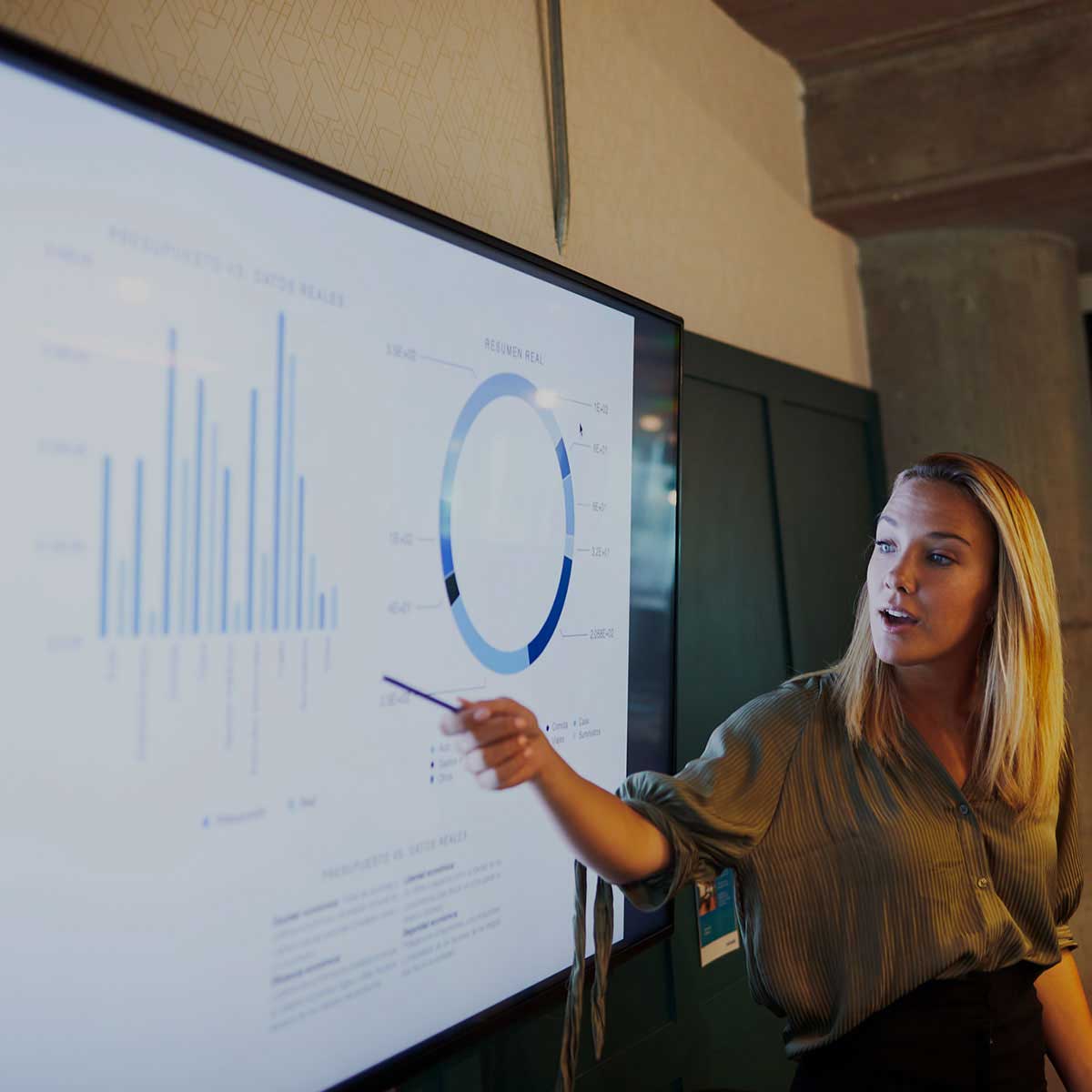According to preliminary results by Gartner, Inc. Worldwide PC shipments totaled 84.1 million units in the third quarter of 2021, an increase of one percent from the third quarter of 2020. As COVID-19 vaccines become more widely available, consumer and educational spending began to shift away from PCs to other priorities, which slowed momentum in the PC marketplace.
“As many schools worldwide reopened, there was no longer an immediate need for PCs and Chromebooks to support at-home education,” said Mikako Kitagawa, research director at Gartner. “Business PC demand remained strong, led by economic recovery in key regions and the return of some workers to offices,” added Kitagawa. “However, business PC growth was concentrated in the desktop segment as semiconductor shortages continued to constrain laptop shipments. These component shortages are expected to persist into the first half of 2022.”
Major PC vendors with a commercial focus saw improved results
Dell Technologies recorded strong results in the third quarter of 2021, notching its fourth consecutive quarter of double-digit growth, and reaching over 15 million shipments for the first time ever. Dell’s limited focus in the consumer market helped the company to be less impacted by slowed consumer PC demand.
HP experienced its second consecutive quarter of year-over-year decline, driven by a 30 percent decrease in shipments in the U.S. due to the weakening Chromebook demand in the education segment. HP also continued to face supply chain issues this quarter. A major backlog of unfilled orders led HP to potentially miss out on opportunities that competitors capitalized upon.
After five consecutive quarters of double-digit growth, Lenovo’s growth was tempered in the third quarter of 2021. Lenovo’s shipments were adversely affected by the slowdown in the consumer market and supply shortages in the enterprise market. At this same time, Lenovo benefited from stable business PC demands and was able to be more flexible in responding to component shortages due to a higher mix of in-house manufacturing.
Slower consumer demand in the U.S. PC marketplace offset increased commercial PC demand
After five consecutive quarters of double-digit growth, the U.S. PC market declined 8.8 percent overall in the third quarter of 2021. Desktop shipments increased by eight percent driven by upward demands in the business market, but weakness in the consumer PC market continued. Despite back-to-school sales and replenished retail inventories, both laptop and Chromebook shipments decreased around 10 percent year-over-year in the U.S.
“The device-per-student ratio in the U.S. education market is beginning to approach 1:1, which has slowed down the pace of incremental growth,” said Kitagawa.
Dell secured the top spot in the U.S. PC market based on shipments with 26.1 percent market share. HP followed with 24.5 percent of the U.S. PC market.
Looking ahead, the fourth quarter of 2021 will see the global rollout of Microsoft Windows 11. This is the first major operating system upgrade from Microsoft since 2015. The Windows 11 rollout is expected to have a limited immediate impact for the business market as enterprise-class PCs will likely continue to be available with Windows 10 until 2023. Gartner predicts that by early 2023, less than 10 percent of new enterprise PCs will be deployed with Windows 11. Overall, Gartner data indicates that PC shipments in the coming holiday season will be weaker than a year ago, with demand driven largely by replacements rather than net-new purchases.
Access to the study can be found here





















